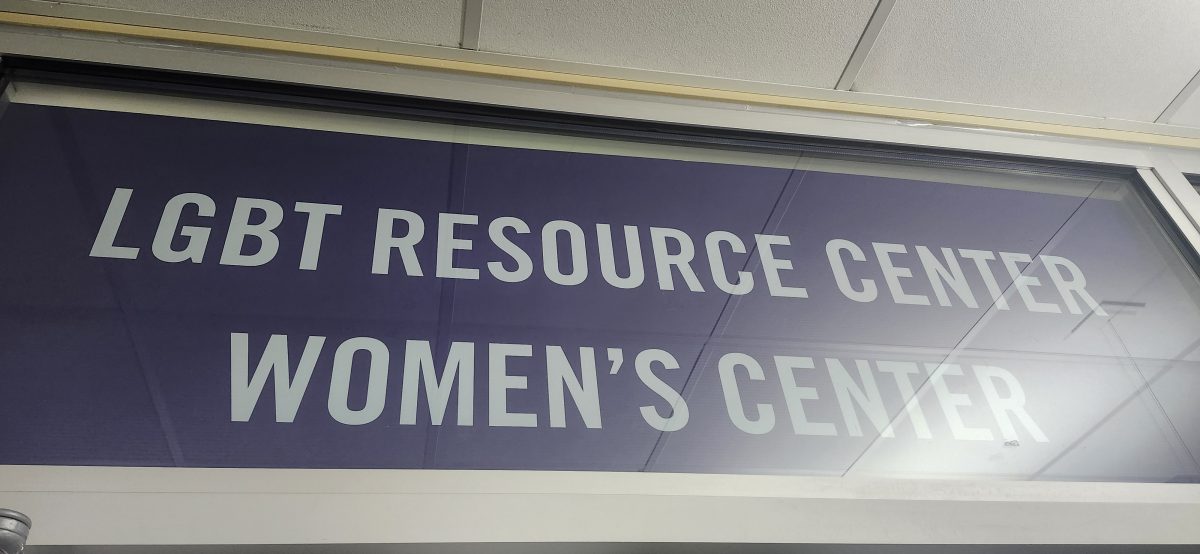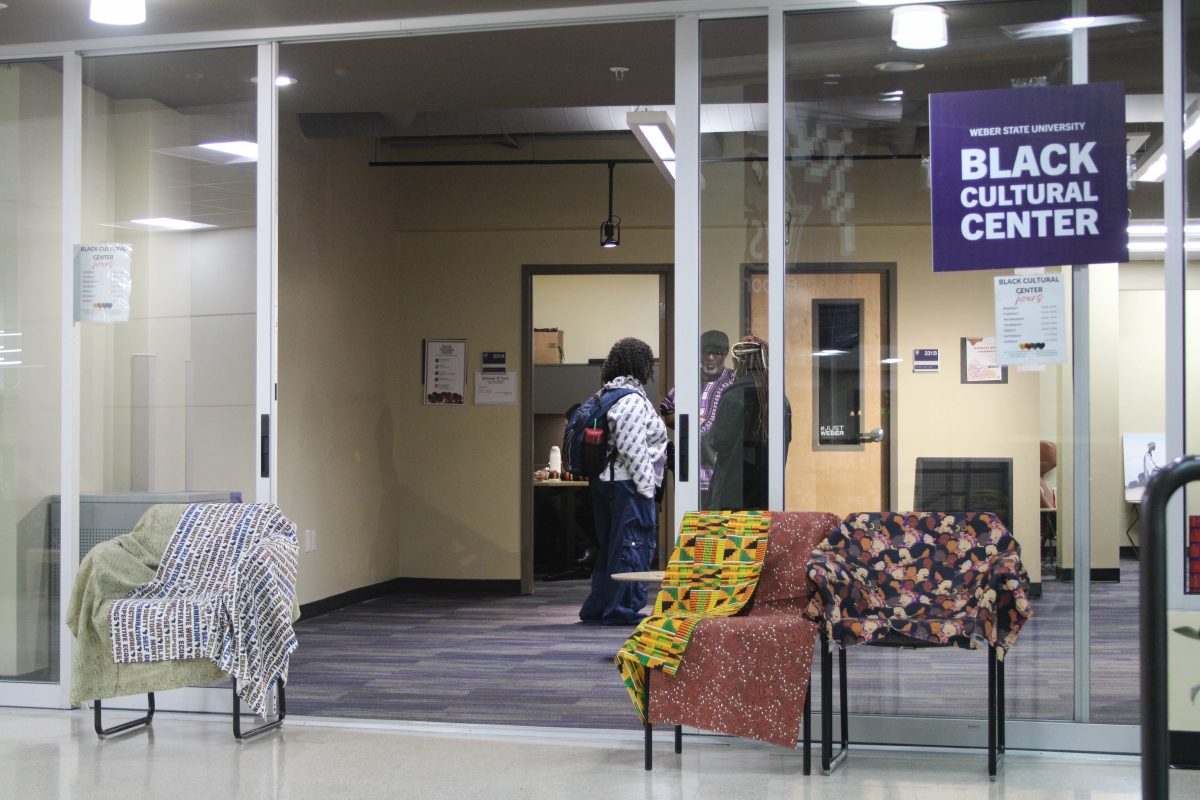Since the COVID-19 pandemic hit in 2020, parents and educators are growing more and more concerned with the increasing behavioral problems in teens seen throughout Utah.
Incident rates in Utah’s high schools have seen an upward trend the past five years. The Utah State Board of Education’s 2023 School Disciplinary and Law Enforcement Action Report shows there were almost 55,000 incidents reported in the 2018 school year. By the 2023 school year, that number had almost doubled with over 105,000 incidents reported.
The number of schools reporting these incidents has also increased. Eighty-nine percent of schools throughout Utah had reported at least one incident in 2018 but five years later, in 2023, that number jumped to 96.20% of Utah schools reporting an incident.
This spike in incidents seen throughout the state is hitting a lot closer to home in Ogden as Ogden School District has seen a similar rise in behavioral incidents as well. Ogden School District has five different levels in determining the seriousness of the incident. Level one is less serious offenses, such as swearing or disruptive behavior, while level five is for the more serious offenses like sexual crimes or assault.
Ogden School District’s Office Discipline Referral Data shows that there was a significant rise in level one offenses, while incidents in levels two, three, four and five stayed the same over the years. There were 1,926 level one incidents while, as of February, Ogden School District had reported an increase with 2,004 incidents for the 2023-24 school year, though the school year is not yet complete.
One of the reasons for a shift in teenagers’ behaviors is the use of social media, according to Utah Protecting Minors Online. Excessive use of social media has been shown to affect attention spans and feelings of exclusion in kids according to the American Psychological Association. Increased feelings of anxiety, depression and poor self-esteem have also been linked to social media. This in turn causes adolescents to act out and exhibit behavioral issues.
Ogden High School Principal, Shauna Haney, says that social media makes it hard for adolescents to get the social skills that they need to develop meaningful relationships.
“When they’re on social media, they are not practicing their communication skills,” Haney said.
Haney believes another reason for the increase in poor behaviors could be the pandemic. The COVID-19 pandemic threw everyone out of their daily routines and forced them to find a new normal. This reigned true for teens. At the time of the pandemic, most current high schoolers were just entering into their teenage years when the world shut down.
A San Francisco study supported by the National Institute of Mental Health showed that teenagers’ brains after the pandemic showed abnormal aging. During this study researchers took MRI scans of teens aged 13 to 17.
Originally their plan was to show the developmental process of the brain throughout the teenage years. However, when their research resumed after 10 months of the pandemic, researchers realized they could compare teens’ brains from before the lockdown to their brains after the pandemic started.
What this research showed was that on average the teens’ brains that experienced the pandemic aged about three years in just a 10 month span. These changes to the brain are similar to the changes that occur in teens who experience neglect, family dysfunction and violence.
Nicole Lovell, director of student advocacy services of Ogden School District says that anytime there are changes in the community, students’ behaviors seem to shift also.
Mental health is also a big concern when it comes to teenagers. Haney said that over the years she has noticed students becoming more anxious and less enthusiastic and goal oriented when it comes to their education.
According to the Centers for Disease Control and Prevention, feelings of depression have increased by about 40% in adolescents in the last 10 years.
But it’s not just trouble in the classroom. Teens are finding themselves in trouble with the law as well. The Utah Division of Juvenile Justice Services has found that about 26% of Utah’s youth will have some type of run in with the juvenile justice system by age 18 and 1 in 18 juveniles will have spent time locked up by the age 18.
“Most of what we see really are the stupid things [kids] get themselves involved with. Alcohol, weed, criminal mischief, trespass; generally the kinds of things that kids do,” Judge Rick T. Westmoreland, a juvenile judge with the Second District Juvenile Court, said.
He also states that Ogden is facing a big increase in firearm offenses because of the spike in gang involvement.
“Word on the street is that the Nortenos gang is making its move back into Ogden and a lot of kids are getting wrapped up in it,” Westmoreland said.
Juvenile involvement in gangs has been a concern for local police. Sgt. Dallon Webb of the Ogden Metro Gang Task Force says that they have begun to see an increase in teen gang members.
“Around September of ’23, we began to see a steep increase in juvenile ‘pop-up gangs,’” Webbs said. “It is usually a group of friends that will claim a gang, with the gang name of whatever street they live on.”
Webbs explained that adolescents usually join gangs for friendship and camaraderie. He says that a lot of kids who choose gang life come from broken homes with parents who aren’t around.
Luckily most kids who are referred to the juvenile courts don’t have to stand in front of a judge or go through the long judicial process. Westmoreland says that about five years ago, the Utah legislature changed the way delinquency is dealt with. Now most convicted juveniles enter into an agreement with the probation department and complete the terms of agreement.
Westmoreland says that for the most part, once teens get in trouble with the law, they don’t repeat again.
“I think it’s the beauty of our system. If we can make an impact when they’re young, we hope they won’t come back or continue on into adulthood,” Westmoreland said.
However, this does not mean that juveniles are out of the woods once they enter into a plea deal. Those that are placed in juvenile detention have about a one in four chance of receiving a new felony charge within one year of release according to the Justice Center. While in the juvenile system, the Division of Juvenile Justice and Youth Services states that 10.9% of youths that exit the juvenile justice system have contact with the adult system within five years. Nineteen percent of juveniles will have contact within 10 years post-exit.
Ways to Help Teens
There are ways to help teenagers who are struggling with behavior problems. Kids who are involved in extracurricular activities outside of school are less likely to cause problems at home or in class, according to Mountain Heights Academy. These activities such as clubs, sports or even a job can help teens make new friends and develop social skills. They can also help to instill a sense of responsibility and work ethic in kids keeping them out of trouble.
Having adults in teenagers’ lives that kids can rely on for support is valuable in helping them with behavioral problems. Haney says it is important for parents and teachers to reach out to kids and build strong relationships with them.
Strong support systems also help students to thrive. Whether that be parents, family members, coaches or educators, having people to lean on helps teenagers from feeling isolated and in turn keep them from acting out.
“A support system of any kind encourages the students to make positive choices,” Haney said.















